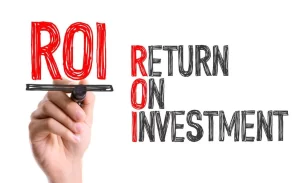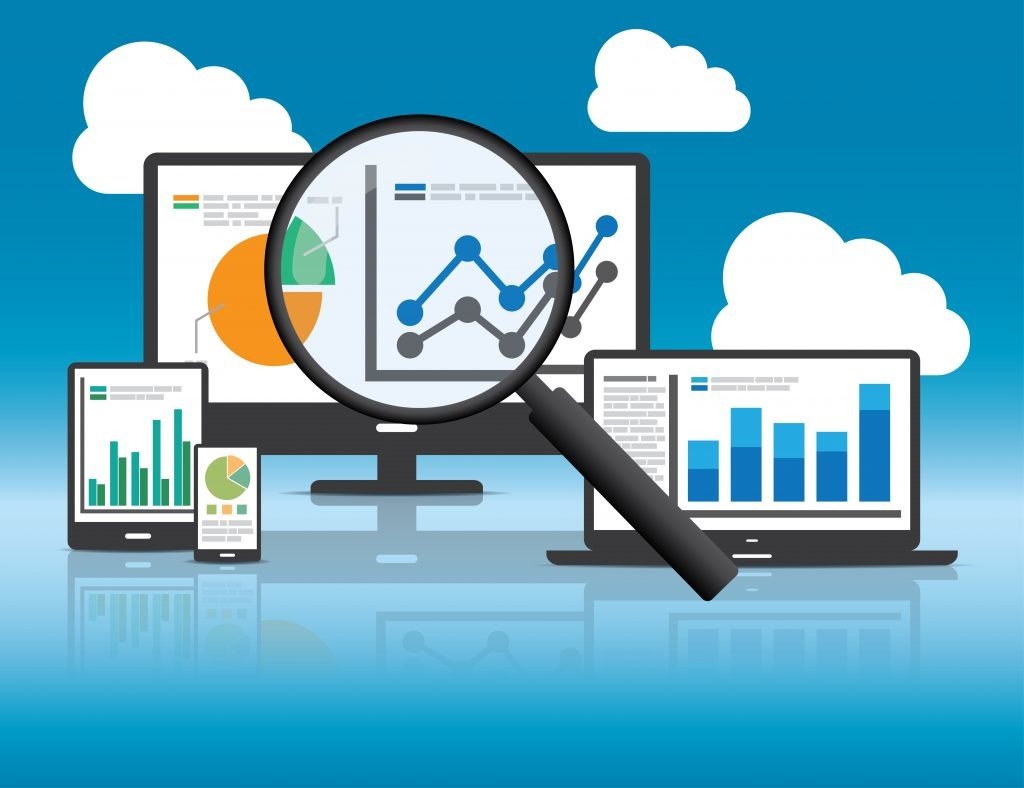How to Measure the Success of Your Digital Marketing Campaigns
Digital marketing campaigns are a cornerstone of modern business strategies. However, it’s not enough to launch campaigns; you must also measure their success to ensure you’re achieving your goals and optimizing your efforts. In this guide, we’ll explore the key metrics and methods for measuring the effectiveness of your digital marketing campaigns.
Table of Contents:
- Understanding Digital Marketing Metrics
- Defining Campaign Goals and KPIs
- Website Traffic and Engagement
- Conversion Rates and Lead Generation
- Customer Acquisition Cost (CAC)
- Return on Investment (ROI)
- Customer Lifetime Value (CLV)
- Email Marketing Metrics
- Social Media Metrics
- Pay-Per-Click (PPC) Metrics
- Search Engine Optimization (SEO) Metrics
- Content Marketing Metrics
- A/B Testing and Split Testing
- Marketing Automation Analytics
- Analyzing and Interpreting Data
- Optimizing Campaigns Based on Insights
- Tools and Resources for Measurement
Let’s dive into the world of digital marketing metrics and learn how to gauge the success of your campaigns effectively.
1. Understanding Digital Marketing Metrics
The Metrics Landscape
Gain a comprehensive understanding of the various metrics available for measuring digital marketing success, ranging from website traffic to social media engagement and conversion rates.
2. Defining Campaign Goals and KPIs
Setting the Foundation
Learn how to define clear campaign goals and select key performance indicators (KPIs) that align with your objectives. These goals and KPIs serve as benchmarks for success.
3. Website Traffic and Engagement
Assessing Online Presence
Explore metrics related to website traffic and engagement, including page views, sessions, bounce rates, and time on site. These metrics help evaluate your online presence.
4. Conversion Rates and Lead Generation
Converting Visitors to Customers
Measure conversion rates to evaluate how effectively your website turns visitors into leads or customers. Analyze lead generation tactics to optimize your strategies.
5. Customer Acquisition Cost (CAC)
Cost Efficiency
Calculate Customer Acquisition Cost (CAC) to understand how efficiently your campaigns acquire new customers. Lowering CAC is often a goal to improve profitability.
6. Return on Investment (ROI)
Evaluating Profitability
ROI measures the financial return from your marketing campaigns. Calculate ROI to determine if your campaigns are delivering a positive impact on your bottom line.
Return on Investment (ROI) is a fundamental metric in digital marketing that assesses the financial return generated from your marketing efforts. It helps you determine whether your campaigns are delivering a positive impact on your bottom line and whether your marketing spend is justifiable.

6.1. ROI Formula
ROI is calculated using a simple formula:
- Net Profit: This represents the revenue generated from your campaign minus all associated costs, including advertising expenses, content creation costs, and overhead.
- Marketing Cost: This includes all expenses related to your marketing efforts, including advertising spend, agency fees, and software subscriptions.
6.2. Understanding ROI Values
ROI values can be interpreted as follows:
- Positive ROI (Greater than 0%): A positive ROI indicates that your campaign generated more revenue than it cost to execute. It signifies profitability and a successful campaign.
- Negative ROI (Less than 0%): A negative ROI means that your campaign incurred more costs than it generated in revenue. This suggests that adjustments or optimizations are needed to improve campaign performance.
- Break-Even ROI (0%): A break-even ROI means that your campaign generated revenue equal to its costs. While not necessarily profitable, it at least covers its expenses.
6.3. Significance of ROI in Digital Marketing
ROI is essential in digital marketing for several reasons:
- Performance Evaluation: ROI provides a clear and quantifiable measure of a campaign’s performance. It allows you to assess whether your marketing efforts are delivering value.
- Resource Allocation: Understanding ROI helps allocate resources wisely. You can allocate more budget to campaigns with a high ROI and reconsider or refine those with a lower ROI.
- Budget Justification: ROI helps justify your marketing budget to stakeholders and executives. Demonstrating a positive ROI validates your marketing spend.
- Optimization: A focus on ROI encourages constant campaign optimization. By identifying what works and what doesn’t, you can refine strategies to maximize profitability.
6.4. Factors Influencing ROI
Several factors influence the ROI of your digital marketing campaigns:
- Conversion Rate: Higher conversion rates lead to better ROI, as more visitors are turning into paying customers or leads.
- Average Transaction Value: Increasing the average value of transactions can boost ROI, as each sale generates more revenue.
- Customer Lifetime Value (CLV): A higher CLV means that customers generate more revenue over their lifetime, increasing ROI.
- Cost Per Click (CPC): Lower CPC in paid advertising campaigns can improve ROI, as it reduces the cost of acquiring each visitor.
- Marketing Efficiency: Efficiently managing marketing spend and reducing waste can positively impact ROI.
- Time Frame: ROI can vary over time. Short-term campaigns may yield quick returns, while long-term campaigns may require patience.
6.5. Continual ROI Analysis
Measuring ROI is not a one-time task. It should be an ongoing process, with continual analysis and optimization. Regularly monitor campaigns, assess their ROI, and adjust strategies accordingly to maximize profitability.
In summary, Return on Investment (ROI) is a vital metric in digital marketing that evaluates the financial success of your campaigns. It helps you make informed decisions, allocate resources effectively, and optimize strategies to achieve greater profitability. Understanding and tracking ROI is essential for demonstrating the value of your marketing efforts to stakeholders and ensuring your campaigns contribute positively to your business’s bottom line.
7. Customer Lifetime Value (CLV)
Long-Term Value
Assess Customer Lifetime Value (CLV) to understand the revenue generated from a single customer over their lifetime. High CLV indicates successful customer retention efforts.
8. Email Marketing Metrics
Email Campaign Success
Explore metrics specific to email marketing, such as open rates, click-through rates, conversion rates, and unsubscribe rates. These metrics provide insights into email campaign performance.
9. Social Media Metrics
Social Engagement
Measure social media success with metrics like likes, shares, comments, and follower growth. Social media metrics reflect audience engagement and brand visibility.
10. Pay-Per-Click (PPC) Metrics
Paid Advertising ROI
Examine PPC metrics, including click-through rates (CTR), cost per click (CPC), and quality score. These metrics help gauge the effectiveness of paid advertising campaigns.
11. Search Engine Optimization (SEO) Metrics
Organic Search Performance
Evaluate SEO metrics like organic search traffic, keyword rankings, and backlinks. SEO metrics indicate your website’s visibility on search engines.
12. Content Marketing Metrics
Content Engagement
Measure content marketing success with metrics like blog traffic, time spent on pages, and social shares. Content metrics reveal audience interest and engagement.
13. A/B Testing and Split Testing
Continuous Improvement
Learn about A/B testing and split testing to optimize campaign elements like email subject lines, ad copy, and landing pages based on data-driven insights.
14. Marketing Automation Analytics
Workflow Efficiency
Assess marketing automation performance by tracking key metrics related to automated workflows, lead nurturing, and customer journeys.
15. Analyzing and Interpreting Data
Data-Driven Decision-Making
Discover how to analyze and interpret marketing data effectively to derive actionable insights and make informed decisions.
16. Optimizing Campaigns Based on Insights
Continuous Enhancement
Implement strategies to optimize your digital marketing campaigns based on the insights gained from metrics and analytics.
17. Tools and Resources for Measurement
Leveraging Technology
Explore a range of tools and resources that can simplify the measurement and analysis of digital marketing metrics.
By the end of this guide, you’ll be equipped with the knowledge and tools needed to measure the success of your digital marketing campaigns comprehensively. Whether you’re focused on website traffic, conversion rates, or email marketing performance, understanding the metrics landscape is essential for driving growth and achieving your marketing goals. Let’s start measuring your digital marketing success!






